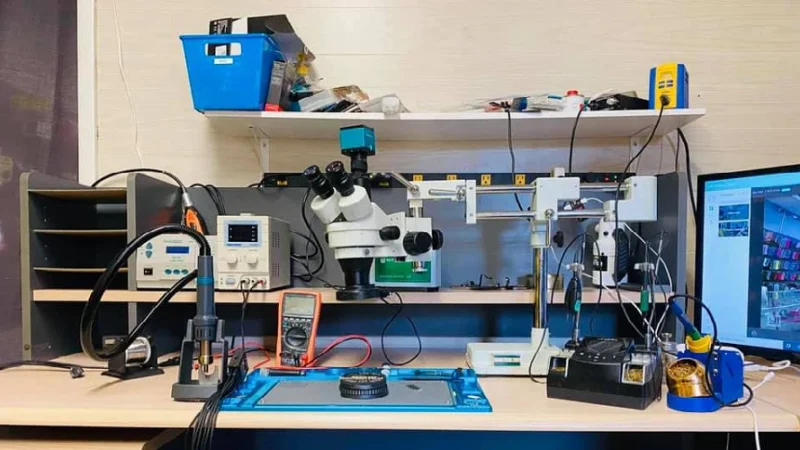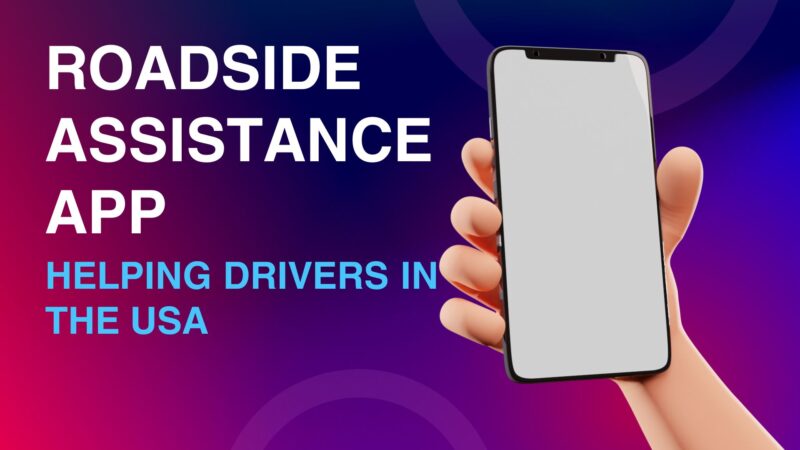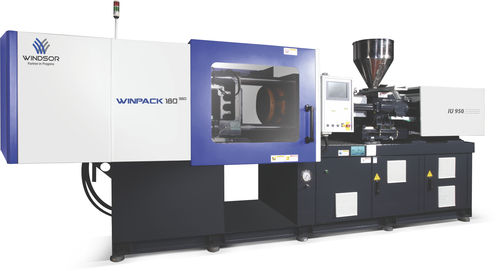Step by Step Guide to Food Delivery App Development For Startups 2024

Food delivery apps have become a vital part of our daily lives in today’s fast-paced world. From getting your favorite pizza delivered to trying out a new local restaurant’s cuisine, these apps make it all possible with just a few taps. For startups in 2024, developing a food delivery app can be a lucrative opportunity, provided they follow the proper steps. This comprehensive guide will take you through each phase of developing a food delivery app, ensuring you cover all bases to create a successful and user-friendly platform.
Understanding the Market and Audience
Before diving into the technical aspects of food delivery app development, it’s crucial to understand your market and target audience. Conducting thorough market research will help you identify gaps in the current offerings and understand what users seek in a food delivery app.
Market Research
Analyze existing food delivery apps like Uber Eats, DoorDash, and Grubhub. Look at their features, user interface, and overall user experience. Identify their strengths and weaknesses to understand where your app can stand out. Additionally, watch market trends and emerging technologies that can be integrated into your app for a competitive edge.
Defining Your Target Audience
Identify your target audience based on demographics, preferences, and behaviors. Are you targeting busy professionals who need quick meals, families looking for convenient dinner options, or health-conscious individuals seeking nutritious choices? Understanding your audience will guide your app’s design and functionality.
Essential Features of a Food Delivery App
Certain features are non-negotiable in building a successful food delivery app. These features ensure a seamless user experience and efficient operation of your app.
User-Friendly Interface
A clean, intuitive, and user-friendly interface is paramount. Users should be able to effortlessly navigate your app, from browsing menus to placing orders. Incorporate simple navigation, clear categories, and a streamlined checkout process.
Real-Time Tracking
Real-time tracking allows users to monitor their order’s progress from preparation to delivery. This feature enhances the user experience and builds trust and transparency.
Secure Payment Options
Offer multiple secure payment options, including credit/debit cards, digital wallets, and cash on delivery. Ensure that all transactions are encrypted and secure to protect user data.
Ratings and Reviews
Enable users to rate and review restaurants and delivery services. This feature helps build credibility and provides valuable feedback for continuous improvement.
Push Notifications
Keep users informed with push notifications about order status, promotions, and special offers. However, avoid overloading users with too many notifications, leading to app uninstalls.
Customer Support
Provide efficient customer support through chat, email, or phone. Addressing user queries and issues promptly is crucial for maintaining customer satisfaction.
Choosing the Right Technology Stack
Selecting the appropriate technology stack is critical for developing, scalability, and maintaining your food delivery app.
Frontend Development
For the front end, choose technologies like React Native or Flutter, allowing cross-platform development. This approach saves time and resources by enabling you to build a single app that works on iOS and Android.
Backend Development
Your app’s backend should be robust and scalable. Popular choices include Node.js, Ruby on Rails, or Django. Ensure your backend can handle multiple requests simultaneously and integrate seamlessly with the front end.
Database
To manage your data efficiently, opt for a reliable database like MongoDB, MySQL, or PostgreSQL. When selecting your database, consider the volume of data and the need for real-time updates.
APIs and Integrations
Integrate third-party APIs for payment gateways, mapping services, and SMS notifications. Common APIs include Stripe for payments, Google Maps for location services, and Twilio for messaging.
Design and User Experience
Your app’s design and user experience (UX) are crucial in its success. A well-designed app attracts and retains users.
Wireframing and Prototyping
Start with wireframing to outline the app’s structure and flow. Tools like Sketch, Figma, or Adobe XD can help create detailed wireframes. Once the wireframes are approved, move on to prototyping to visualize the app’s look and feel.
User Testing
Conduct user testing with a small group of potential users to gather feedback on the app’s design and functionality. Use this feedback to make necessary adjustments and improve the user experience.
UI/UX Best Practices
Follow UI/UX best practices, such as maintaining consistency in design elements, using high-quality images, and ensuring the app is responsive across different devices. A positive user experience is key to retaining users and encouraging them to recommend your app to others.
Development Process
With your research, design, and technology stack in place, it’s time to dive into the development process.
Agile Methodology
Adopt an Agile methodology for the development process. Agile allows for iterative development, enabling you to improve and add features based on user feedback. This approach also facilitates better collaboration among team members.
Sprint Planning
Divide the development process into sprints, each focusing on specific features or modules. This ensures that the development stays on track and allows for timely adjustments.
Coding and Testing
Begin coding based on the design and requirements gathered. Simultaneously, regular testing should be conducted to identify and fix bugs early. Utilize automated testing tools to streamline the testing process and ensure a high-quality app.
Launching Your Food Delivery App
Once the development and testing phases are complete, it’s time to launch your app. A successful launch requires strategic planning and execution.
Pre-Launch Marketing
Start with pre-launch marketing to build anticipation and buzz around your app. Utilize social media, email marketing, and influencer partnerships to reach your target audience.
App Store Optimization (ASO)
Optimize your app’s listing on app stores (Google Play and Apple App Store) to improve its visibility and attract more downloads. Use relevant keywords, compelling descriptions, and high-quality screenshots.
Beta Testing
Conduct beta testing with a select group of users to identify any final issues and gather feedback. This step helps ensure a smooth launch and provides valuable insights for further improvements.
Official Launch
Plan your official launch carefully. Coordinate with your marketing team to announce the launch through various channels, including social media, press releases, and online ads. Ensure that your servers can handle the initial surge in traffic.
Post-Launch Strategies
Launching your app is just the beginning. Post-launch strategies are crucial for maintaining user engagement and driving growth.
User Feedback and Updates
Continuously collect user feedback to understand their needs and preferences. Use this feedback to release regular updates, add new features, and improve the app’s performance.
Marketing and Promotions
Implement marketing strategies to attract and retain users. Offer promotions, discounts, and loyalty programs to encourage repeat orders. Utilize social media and content marketing to keep your app in the spotlight.
Analyzing Metrics
Monitor key performance indicators (KPIs) such as user acquisition, retention rate, and average order value. Analyzing these metrics will help you understand your app’s performance and make data-driven decisions for growth.
Conclusion
Developing a food delivery app for startups in 2024 involves a well-planned and executed strategy. Each step is crucial for success, from understanding the market and defining your target audience to choosing the right technology stack and ensuring a seamless user experience. By following this step-by-step guide, startups can create a robust and user-friendly food delivery app that meets the demands of modern consumers and stands out in a competitive market.





